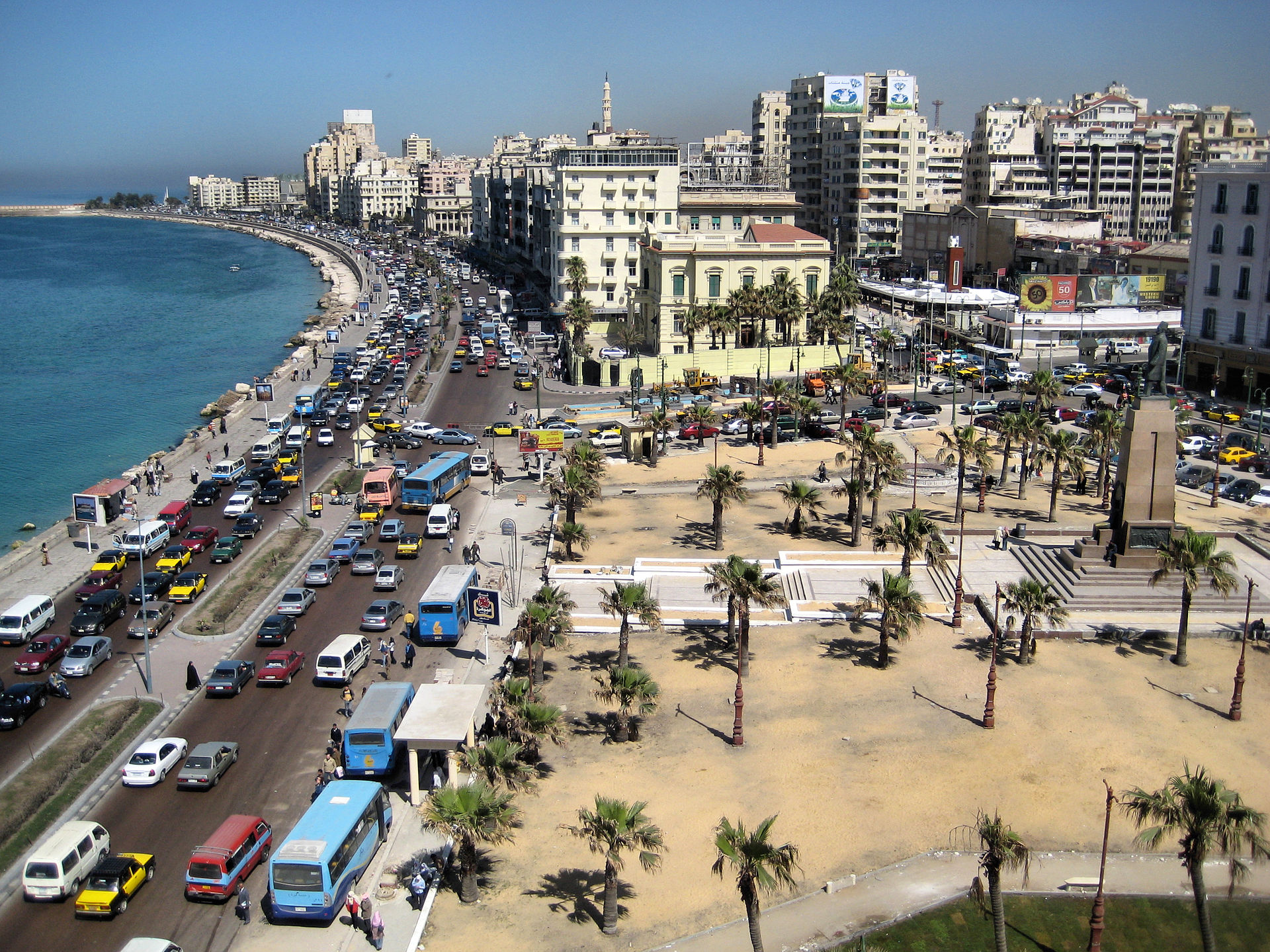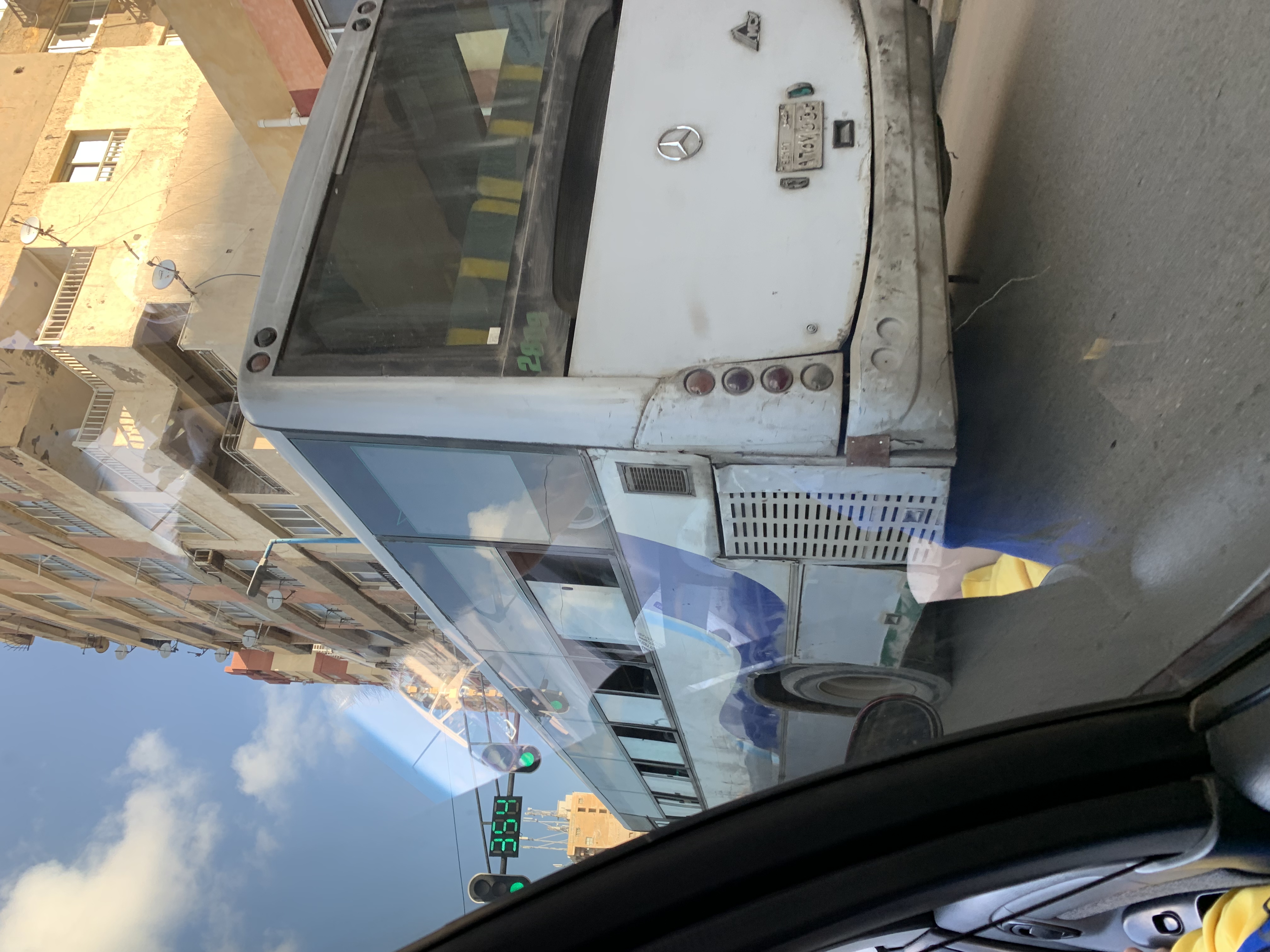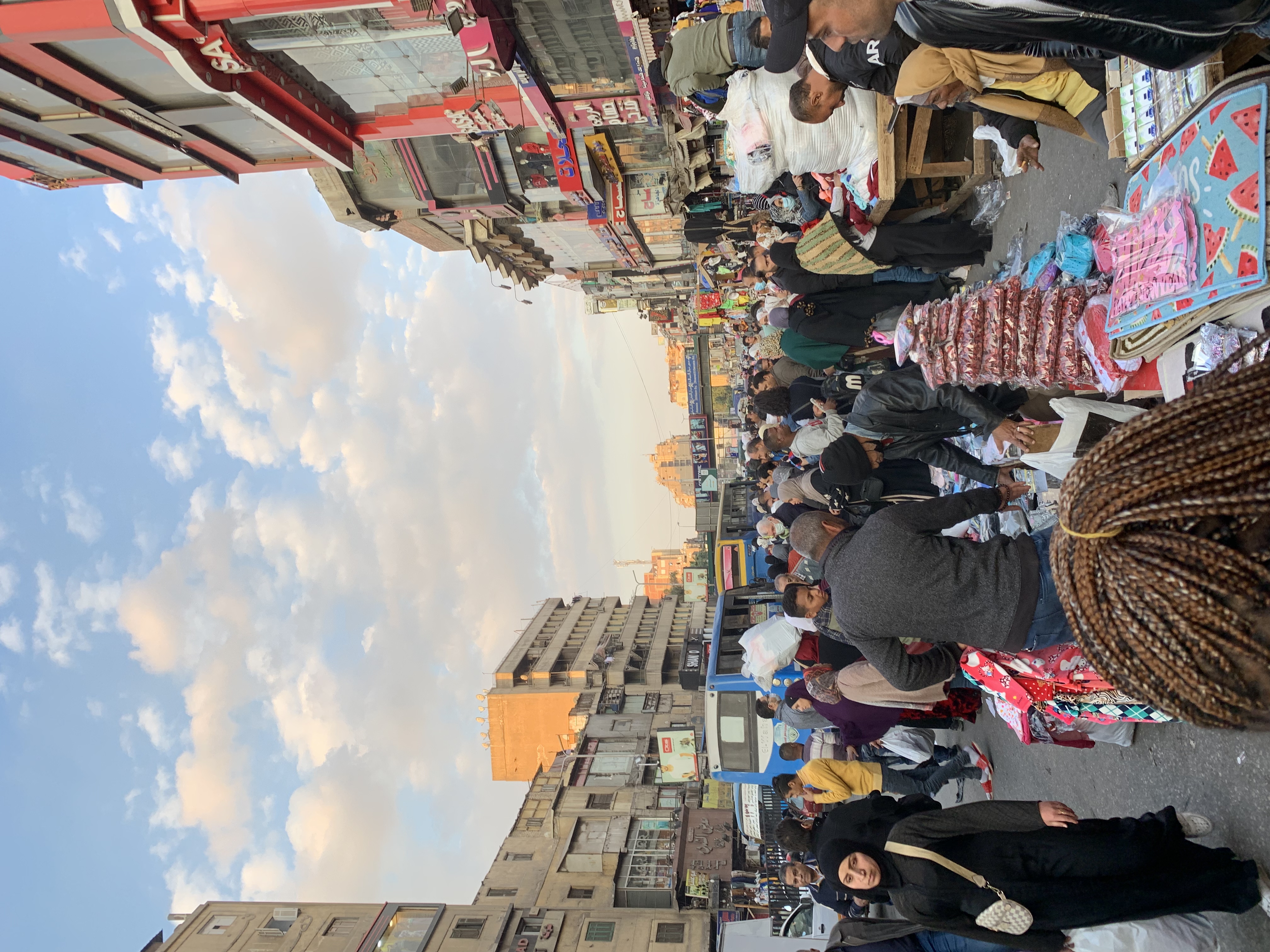12,000km away from California, on the south tip of the Mediterranean Sea, is Alexandria, a port city of Egypt. For me, Egypt sounds enigmatic and exotic. Its 3000-year rich history always fascinates me. In December 2021, I had a chance to travel to Egypt with Phyo. The trip is organized by UPenn Lauder Institute as a "Cultural Quest Program".

The initial part of the trip was nerve-wracking – after an almost five hour delay at Seattle Tacoma Airport, Phyo and I barely caught the last flight from Frankfurt (where we transited) to Cairo. At the Cairo airport, I was extorted by the immigration officer who refused to return my passport unless I gave him money. After a lengthy argument he finally gave up.
The second day at the Pyramid, one of the Seven Wonders of the World, we got scammed by a tour guide who charged us about 100% more than the regulated price. In Luxor, where Tutankhamun was buried, we met so many multilingual hucksters – who will repeated greet us with こんにちは (Konnichiwa), 안녕하세요 (Annyeonghaseyo) and 你好 (nihao) – and once we tilt our heads – they will say words like 票 (ticket) or 冰淇淋 (ice cream) depending on the situation.

I’m a bit shocked by how desperate local Egyptians are to attract visitors. I can only imagine that the 10-year Arab Spring did not bring peace and prosperity, and the ongoing COVID-19 pandemic only worsened the tourist industry.
After the official school trip ended several days later, Phyo and I decided to visit one more city in Egypt. We chose Alexandria, the second largest city in the country. Alexandria was founded by Alexander the Great in 332 BCE.
The city was a flourishing port and a significant naval base, overseeing the Mediterranean. After the rise of the Roman Empire, the city started to decline. In the next several centuries it would be occupied by the Greek, the Islamic, the British and eventually modern-day Egyptian.
The main corridor for traffic in Alexandria is called Corniche. It is more than 20km long and runs along the riverfront. There is a long pedestrian promenade alongside a 8-lane fast road. Walking along the promenade one can feel the breeze from the Mediterranean and spot the Citadel of Qaitbay, a fortress built in the 1400s.

As a runner, I don’t want to miss a chance to run along the Corniche. The second morning I got up at 5:30am before sunrise. I plan to go for a long run, heading west for about 8km to make a roundtrip of 16km. I will see the sunrise, and will breathe the air from the Mediterranean Sea. It would be great.
The hotel is on the city-side of the 8-lane road, so the first thing I had to do was to cross the road to the side with a pedestrian walk. There is only one problem – the traffic light is exceedingly long – 360 seconds (6 minutes) if you miss a green light, and I missed one. The weather in December is chilly, so while I waited I fidgeted to stay warm. After an eternity, the traffic light turned green and I crossed the road. I pressed “START” on my COROS watch and off I went.

After 50 meters I stopped. Coming towards me is a dog. First, I’m a dog person and I like dogs. But not wild dogs. One time when I was running along a trail in Central Park at Quito, Ecuador, I met a wild dog, who was probably also running on its own. We met at the middle of the trail, stared at each other, just like two animals. For two seconds no one moved – we all needed time to assess the situation and calculate the risk – should I go forward, or backward. The dog looked big and wild, and I did not have any object for self defense, so I decided to retreat. I was afraid but had to remain calm, thus I walked backwards while facing the dog. Luckily the dog did not follow me, for he probably thinks that risky too.
And now I am facing a wild dog again. This dog looks in a hurry, its eyes constantly looking left and right, as if scanning something. Is he hungry? Is he looking for a playmate? I cannot tell. I slowed down to a walk, and passed by the dog nonchalantly. When I saw the dog went away, I started to run again. Just a stray dog, no big deal.
Then I saw 5 dogs coming. Leading the way is a black dog that looks bossy. The rest of the dogs look obsequious, tightly following the lead. They also look hungry and in a hurry. Those 5 dogs are walking somewhat side-by-side, effectively blocking the sidewalk. What should I do? It is only 5:50. The sun has not come out yet. Few people are outside. I decided to stay away from those 5 dogs so they are not agitated by me running. But where should I go? I can cross the road, run along the city-side for a while, and come back to the river-side later. The only problem? 360-second traffic light.
In fact there is no traffic light near where I stood, so I decided to jaywalk – luckily it’s early and the traffic is thin. People in Egypt drive aggressively so jaywalking can be quite dangerous. After crossing the street I resumed running. There is no sidewalk on the city-side, so I had to avoid incoming traffic. After 200 meters, I decided to cross the road again so I could run without worrying about cars coming towards me. After I safely came to the river-side, I looked ahead to enjoy the morning view of Corniche – but what I saw was another peck of dogs.
That's when I abandoned my long run. It’s not worth the trouble and risk. The treadmill in the hotel is equally effective.

Recommendation
Before I went to Egypt I stumbled upon a book called The Buried: An Archaeology of the Egyptian Revolution, written by Peter Hessler. Peter is a staff writer for New Yorker and served as Cairo correspondent from 2011-2016. The Buried details Peter's time in Cairo -- he became friends with locals and learned Arabic. He interviewed young activists on El-Tahrir Square and talked to women wearing hijab. The stories are not only fascinating but also help me understand the country and its enigmatic culture.